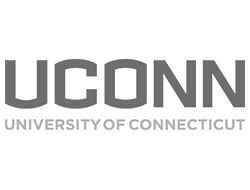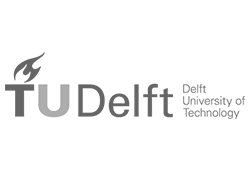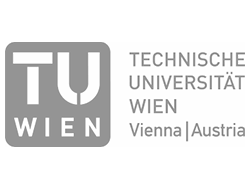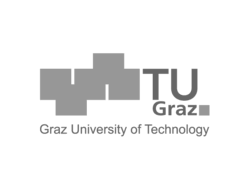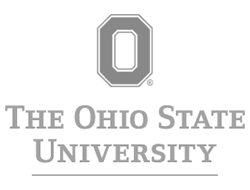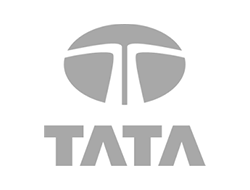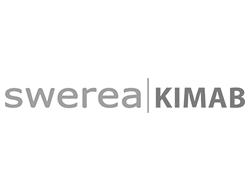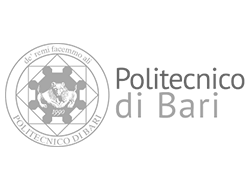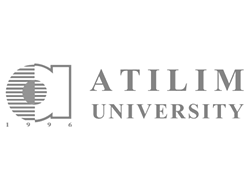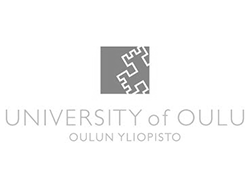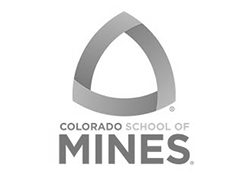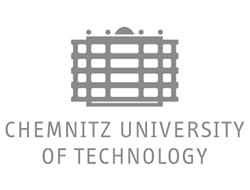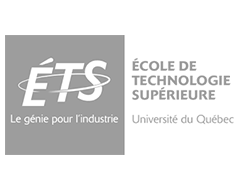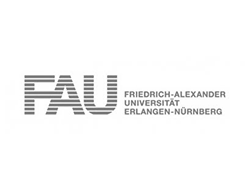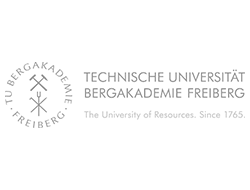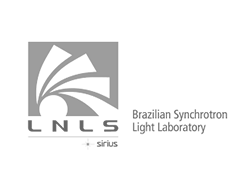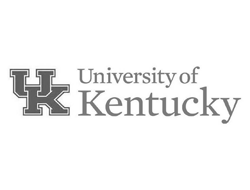Carpenter Technology Corporation: Optimizing Production through Physical Simulation
For Carpenter Technology Corporation, a Gleeble 1500 isn't simply an exotic piece of laboratory equipment or just a sophisticated thermal-mechanical physical simulation system, it's a critical tool that helps keep the company on the cutting edge of specialty steel production.
Carpenter Technology, or CarTech for short, produces more than 400 grades of steel and specialty alloys for a broad spectrum of industries: automotive, aerospace, tooling, electronics, consumer products, chemical processing, and more. "Just about any manufacturing sector you can think of uses at least one of our steels," says Edward Wanner, manager of Process R&D for CarTech, in Reading, PA.
And the Gleeble helps CarTech to deliver exactly what the customer wants, Wanner says. "It's standard operating procedure for us to use the Gleeble to determine the hot workability of these different steels."
Mohamed Mohamdein, CarTech Specialist in Process R&D, adds, "For a new alloy, we start by melting a sample of it as a prototype in a laboratory-scale heat. Before we prepare a full heat, we do Gleeble testing to determine its hot workability — for hot rolling, forging, and similar areas."
"That testing saves us a lot of trial and error in order to be able to hot work it successfully."
Mohamdein adds, "Typically, when starting with a new alloy, we take a laboratory ingot, cut Gleeble samples, do a series of tension tests, determine the range of hot workability, the optimum hot working temperature and how its behavior compares with our current materials."
"We've never found a sample that we couldn't work, but we certainly have been warned by the Gleeble tests that some steels were going to be difficult. As a result, we were able to go into the process with our eyes open and prepared to make the necessary adjustments."
Before we purchased the Gleeble," Wanner says, "we had developed two other tests for determining hot workability. Unfortunately, these tests were not capable of providing the level of temperature control and strain rate control required to successfully predict an alloy's hot working behavior in our various manufacturing operations."
Mohamdein says, "Before we got our own Gleeble, we evaluated samples on the Gleeble at Rensselaer Polytechnic Institute. As part of a program to improve the hot workability of a high-temperature aerospace alloy, we did a three-way cross check using the Rensselaer Gleeble and the two CarTech-developed tests. The Gleeble gave us results that were usable, while the other tests did not."
He adds, "We now have our own Gleeble — a Gleeble 1500 — which we installed in 1991. And we are seeing much better agreement between the Gleeble results and what happens in the mill."
"We now use the Gleeble as a routine screening test for forgeability. Through the use of this test, we have been able to substantially improve the quality and properties of our product. We have improved the forgeability of our steels over the years."
There have been some other interesting benefits from the Gleeble as well. Wanner says, "We've used it to fine-tune production practices. With the Gleeble, we can really determine the optimum working temperature for an alloy."
"Using the Gleeble, we have been able to identify and assess the severity of the damage done by overheating steel in the furnace, even though the actual hot working was performed in the proper temperature range."
"The Gleeble has also helped us in working with customers. We have assisted customers who perform additional hot working operations on our products in defining the correct temperature ranges in order to have a sound end product."
"We have also used the Gleeble to develop flow stress data for various customers. This is not an everyday occurrence, but it is fairly common. Flow stress data that we have developed has been used for our own finite element analysis simulation programs."
Mohamdein points out that the data produced by the Gleeble pays off handsomely because CarTech makes sure that their furnace controls and rolling line are well-instrumented, so they can be certain that there is good correlation between the data produced by the Gleeble and actual conditions on the production line. This makes transfer of Gleeble data between the lab and the production line fast and efficient.
The Gleeble at CarTech is extremely busy testing hot workability. In addition, CarTech has begun experimenting with using the Gleeble for continuous casting simulation and simulation of annealing and quenching cycles. It's not yet clear where these explorations will lead.
Both Wanner and Mohamdein are emphatic in their conclusion regarding the Gleeble: "It's an absolutely essential part of our business."
This article first appeared in the Gleeble® Newsletter — Winter 1996-7.








